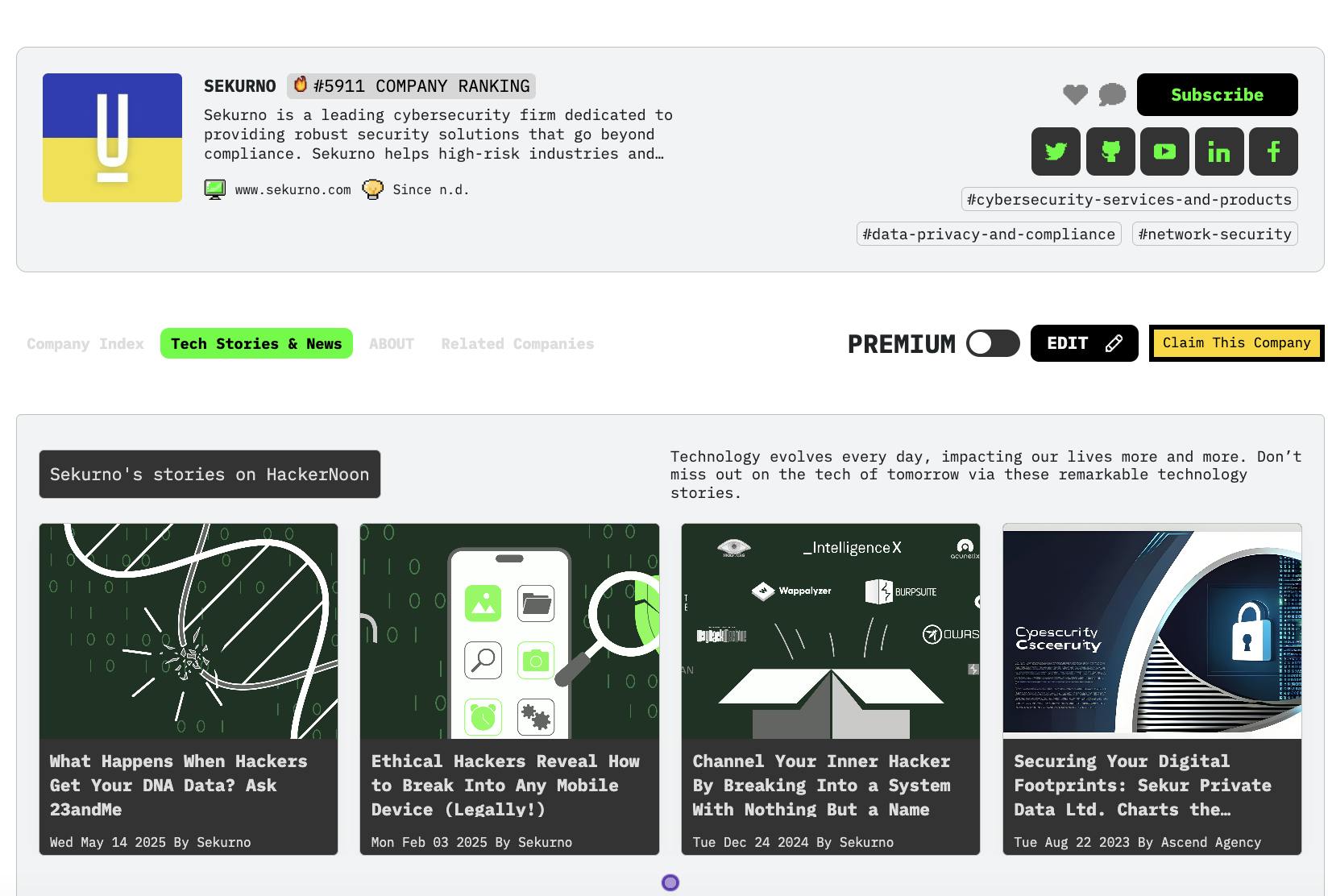The software industry has embraced various architectural patterns to address business use cases effectively. Monolithic applications and Microservices architectures have been widely adopted. In recent years, Modulith architecture has gained traction, although a version of this approach has already been utilized in many enterprises.
Figure 1 illustrates the evolution of software architecture patterns over time. The transition began with monolithic applications. However, as monolithic applications became increasingly resistant to change and challenging to manage, enterprises transitioned to Microservices Architecture. Over time, the growing number of microservices introduced complexities in management, prompting enterprises to adopt Modulith Architecture, which offers a balanced approach between monoliths and microservices.
Figure 1
Monolithic Applications
Monolithic applications have been a cornerstone of software development since its early days, gaining significant traction with the rise of web applications in the 2000s. These applications were predominantly built using J2EE standards, PHP, or .NET, and many custom solutions and products were developed around this architecture. Over time, as monolithic applications grew in complexity, they accumulated vast amounts of code, eventually becoming resistant to changes and adaptation.
As businesses expanded and the criticality of their applications increased, monolithic applications also grew in size and complexity. Over time, maintaining these monolithic applications became increasingly difficult, and upgrading them posed significant challenges.
Advantages and Disadvantages of Monolithic Application
Advantages
- Single Code base makes it easy to build and deploy
- Local setup to test multiple modules or use cases can be easier
- Communication between modules is faster as there is no overhead for invoking modules over the network
- The framework is well-suited for small applications
Disadvantages
- Tight coupling of logic within the monolithic application makes it difficult to implement changes
- Testing becomes challenging as the application grows; especially unit and integration testing
- Scaling a monolithic application is usually challenging; vertical scaling can be achieved, whereas horizontal scaling presents difficulties.
- Adopting new versions of programming languages or new technologies can be challenging.
In response, enterprises began transitioning to Microservices Architecture (MSA).
Microservices Architecture(MSA)
Martin Flower and James Lewis define Microservice Architectural style as an approach to developing a single application as a suite of components or small services called Microservices, each one running on its own process and communicating with lightweight mechanisms (e.g., HTTP APIs). The main aim of MSA is to obtain a high degree of flexibility, modularity, evolution, and adoption. The past decade has witnessed a surge in the adoption of MSA, driven by its key advantages, such as enhanced scalability and reliability, making it a preferred choice for modern software development.
Advantages and Disadvantages of Microservices Architecture
Advantages
- Highly flexible, reliable, and scalable
- It enhances developer productivity and helps to incorporate better testing practice,s like unit and integration testing
- Allows horizontal and vertical scaling and fosters faster time to market
- As each service is developed as an independent unit, there is flexibility in choosing the technology for developing these services.
Disadvantages
- Data consistency between services becomes an issue.
- Operational complexity increases with the number of services
- Network overhead grows as services constantly communicate.
- DevOps & Observability complexity increases with the number of services.
Modulith Architecture
Built on the grounds of domain-driven architecture, Modulith architecture provides a well-defined mechanism for building bounded modules. Its architecture serves as a middle ground between Monolithic and Microservices architectures. Designing a modulith application involves identifying and clearly defining the purpose of each module. Each module should operate as an independent entity with defined functions, inputs, outputs, and standalone testing capabilities. This approach facilitates the seamless detachment of a module as an independent microservice when required. Modules are defined and confined to a boundary called the boundary context. Each context has a unique language called the ubiquitous language, which is a common vocabulary used by the developers and the domain experts. Entities within these modules have a distinct identity and lifecycle, and act as Data transfer objects for the operations within the module.
Advantages and Disadvantages of Modulith Architecture
Advantages
- Avoids distributed system complexities
- Modules provide clear separation of concerns which simplifies testing
- Offers benefits such as simplified network infrastructure, streamlined observability processes, and minimized operational and DevOps challenges.
- Easier to transition to Microservices
- Aligns with Domain-Driven Design
Disadvantages
- Maintaining modular boundaries can be challenging.
- The entire application must be scaled if one module experiences high traffic.
- Managing dependencies between modules can be complex.
- Deciding when to detach a module as a separate service can be difficult.
- A fatal error in one module can potentially bring down the entire application.
Sample Application
Fig. 2 illustrates a sample Booking application, comparing how application design differs across Modulith, Monolithic, and Microservices architectures.
In the Modulith application, the Booking module interacts with the Payment and User Management modules to handle booking functionalities. The UI layer may exist separately from the Modulith’s core domain. In a Monolithic architecture, the UI, core domain, and persistence layer are all part of the same unified application. In contrast, a Microservices architecture separates each functionality into independently managed services.
Fig 2
Conclusion
The industry has experienced both the advantages and disadvantages of various architecture patterns. When implemented and maintained correctly, these patterns can help design stable and robust applications. However, the decision to adopt a specific architecture should not be driven by trends but by the application’s business use case, complexity, and potential growth. For example, a small or medium-sized application may still benefit from a monolithic framework, avoiding the complexities of a distributed microservices architecture. The design should be flexible enough to transition to a different framework when necessary, without requiring a complete rewrite of the application.












